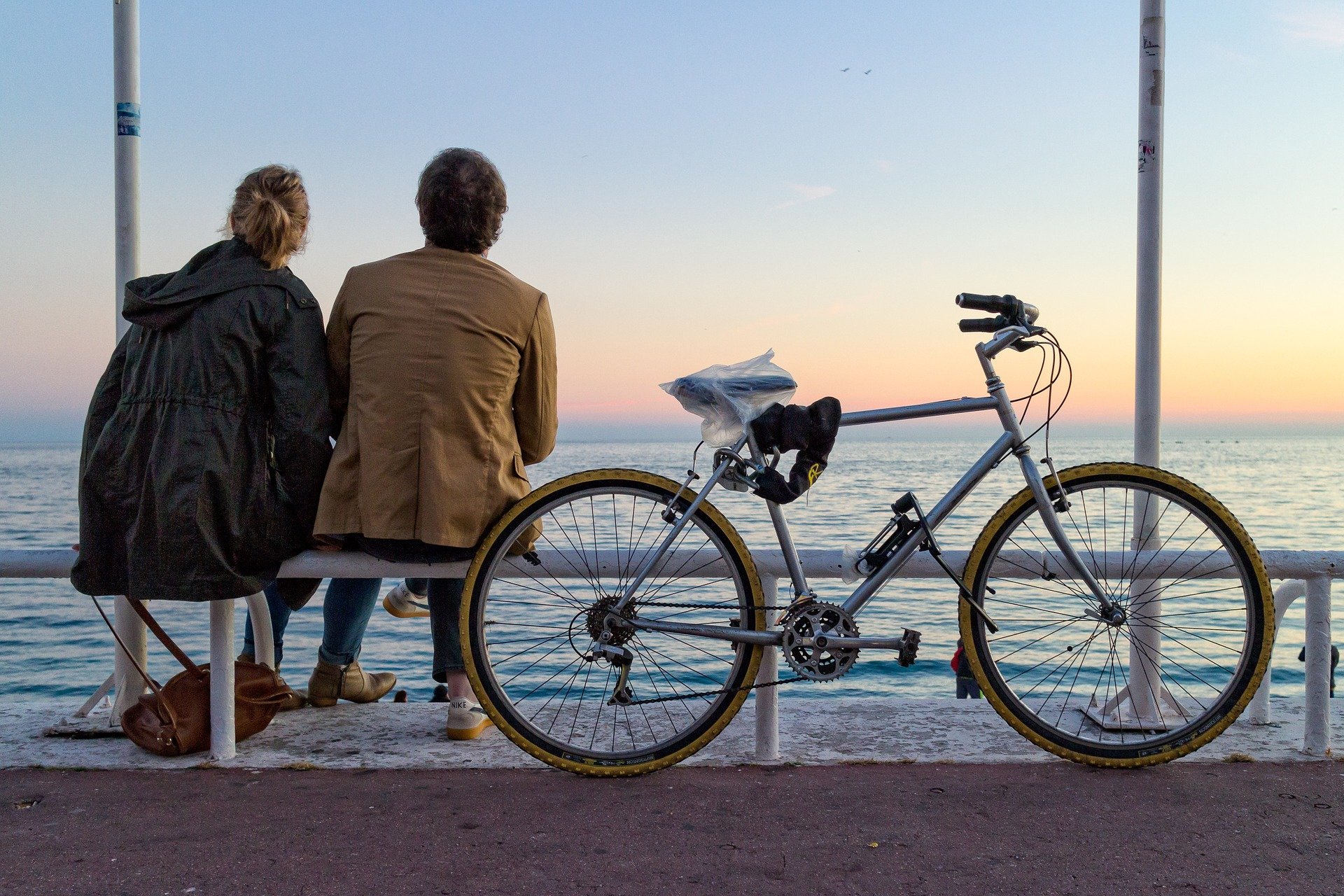
While the Coronavirus kept some indoors, the Dutch cycling industry has soared since lockdowns started. Numbers from BoldData indicate that as many as 10 new bicycle manufacturers started in the first half of 2021. The number of new cycling shops has also grown by 2.5 percent – which is more than the past four years combined.
The bicycle is one of our oldest modes of transportation and is still extremely popular. In the Netherlands, it accounts for over 25 percent of all travel. However, it is also becoming sought-after as a means of entertainment.
“The breakthrough of the Dutch bicycle industry is not only due to the popularity of electric bicycles,” says Daan Wolff of BoldData. “In 2021 we will see new small producers who make custom mountain bikes or circular bicycles.”
Dutch cities lead the way for cycling in Europe
The rise of bike manufacturers is not for lack of supply. The Netherlands has a population of 17 million people who own 22.5 million bicycles. But cycling is simply easier in Dutch cities. Four of the top ten most cyclable cities in the world are in the Netherlands.
This is because municipal governments like Utrecht – the top cycling city in the world – continue to improve city cycling. Utrecht invests 45 million euros per year on cycling infrastructure. It also recently unveiled the world’s largest bicycle garage that houses 12,500 bikes.
It may seem like a high price to other cities but the benefits seem to outweigh costs. The health and economic benefits correspond to €19 billion per year.
Lessons from other European cities: Speed limits and incentives
The Netherlands isn’t the only country coming up with new ideas for how to make cycling more popular. In Antwerp, 30 percent of their residents commute by bike. A big reason for this is that people are meant to feel safe cycling in Antwerp. It designates specific speed limits for car lanes based on the bike infrastructure next to it. For example, 30 km/h is for a shared road while 50 km/h is suitable when next to a dedicated bike lane.
Paris is also becoming one of the world’s top cycling cities. Since 2015, it has invested €146 million euro in projects and incentives for people to cycle. They even set up a subsidy program that helps pay for bike repairs and tune-ups for local residents.
Since the beginning of the pandemic, cycling has grown immensely in Paris. A lot of the growth is from new cyclists – particularly female cyclists.
Read about the conundrum over the autonomous bicycle







